Do you know what the exciting thing about soccer is?
No, it is not the goals, the saves, the trophies, or the dribbles. It is the professionalism that players exhibit in their roles. Among outfielders, the full-backs soccer coaches field are the epitome of this professionalism.
The center-forwards and midfielders can be more aesthetically pleasing to watch, but when you watch a good full-back, you see how much impact a truly professional player can have on a team.
Let’s take a closer look at the roles and responsibilities of the right fullback together, shall we?
What is the Right Back Position in Soccer: Understanding the Role
The right-back is one of two fullbacks in soccer whose job is to defend the right side of the penalty area.
They were initially left downfield (in the penalty areas), but football evolved and saw them take a more forward position where they lie just ahead of the center-backs to their right. They are also closer to the attacking outfield players and are encouraged to join the attack.
The role is primarily defensive, which means that players have to be sturdy, strong, and physical. They should also be able to make split-second decisions. Their defensive techniques and strategies are briefly explained below.
Defensive Techniques and Strategies
When a right back anticipates a move, they can decide where they want to employ man-marking tactics or zonal marking tactics.
Man-marking involves tailing the dangerous attacker just like Ronaldo Araujo always did Vinicius Jr. whenever Barcelona faced Real Madrid in the 2020s El Clasico. Zonal marking involves closing down passing lanes or attacking lanes to limit the attacker.
Sometimes, both styles can be employed in the same game. The right-back has to be smart enough to decode the situation and defend accordingly.
Choosing how and when to tackle is also important to prevent the referee’s booking.
Contributions of a Right Back
A right-back is first a defensive player; that is their main reason for being on a team. They do this by anticipating where the attacks will come from and which players are vital to it. Then they make tackles, interceptions, or mark the man.
Offensively, they help to stretch the field, allowing the attack to have as many as five players active. They are usually the last outlet in every attacking sequence, receiving the ball to cross it into space for their teammates to attack.
To be able to make these contributions, they have to be agile, mobile, and quick thinkers.
Developing Skills for the Right Back Position
If you read my piece on Youth Soccer Positions, you will realize that most kids want the glory that being attackers, not fullbacks, can give them. Only the coach can identify their strengths and place them where they are supposed to be.
As a player matures as an RB in soccer, however, they should be guided to take their drills seriously. If you already play soccer and feel called to the right fullback role, your focus should be on:
- Tackling drills
- Agility and movement drills
- Strength and conditioning drills
A right back must possess these three core qualities to succeed.
5 Best Right Backs in the History of Soccer
Now that you understand what it takes to be a right fullback, it is time you learned of some of the players who dominated the position.
These men are considered the greatest to have ever occupied the right-back position in the game. Their strength, stamina, technique, ball-playing, anticipation, and crossing ability made them into the models that they currently are.
You will briefly learn about their careers and what made them stand out, and get the opportunity to reconcile what I have shared with you about the right full-back soccer roles.
These are five of the best RBs in soccer history.
Cafu
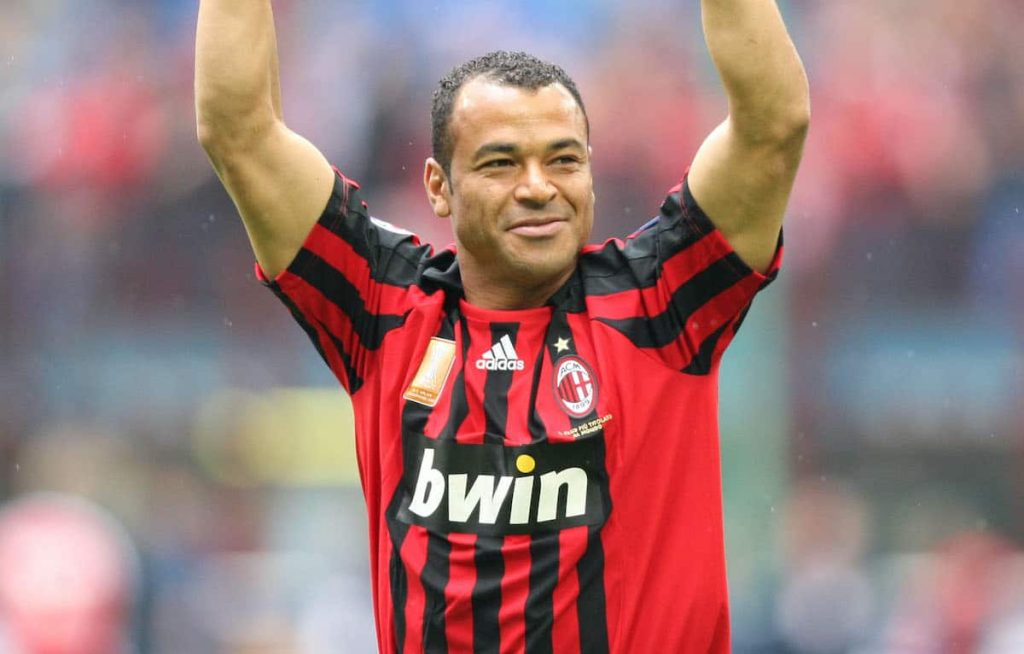
Marcos Evangelista de Morais, also known as Cafu, played in the last moments of old-school football. This was a time when defenders were required to defend, and there was little to no inversion of wide players like fullbacks and wingers.
What stood Cafu out from his right fullback contemporaries during his playing days was his defensive ability.
In an era where defenders were not scarce, Cafu managed to be one of the best. His main skills were anticipation and tackling. Cafu maximized these core basic right-back skills – among others – to great effect in supporting the teams he played for.
Philipp Lahm
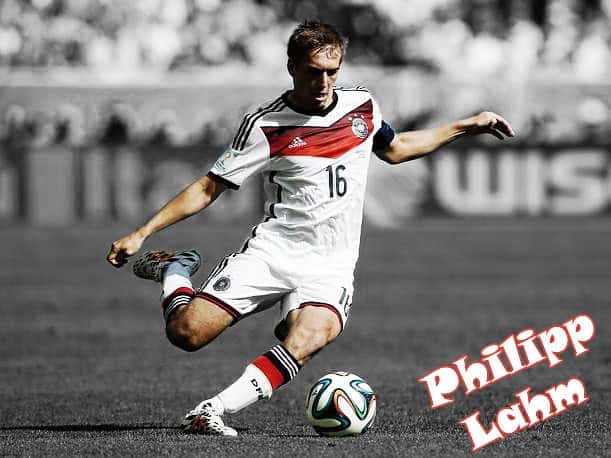
Philipp Lahm is the quintessential modern right fullback. His technical ability, great anticipation, defensive mastery, and great passing range helped his teams achieve massive successes on the pitch.
He was solid enough to cover every blade of grass from the right-back position, that some of his coaches asked him to play as a defensive midfielder in some matches.
His anticipation was top-notch. He used it to make many useful overlapping runs for attack reasons and to nip attacks in the bud. He was a very tactically sound player, which all his teammates in Germany and Bayern Munich appreciated.
Dani Alves
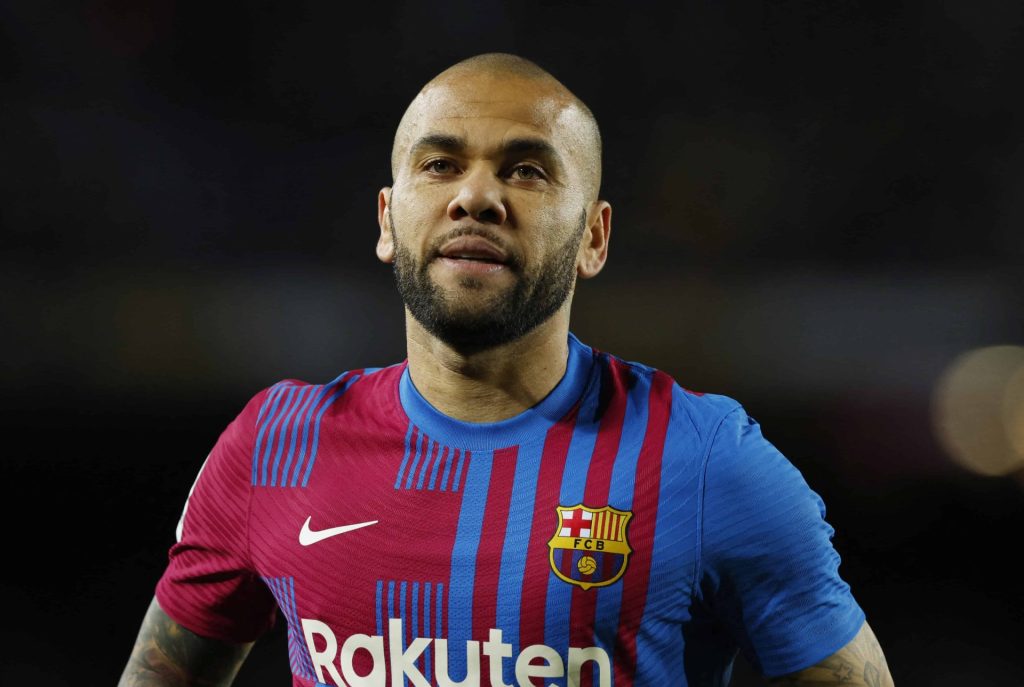
Lahm may have laid the foundation for what the modern era of the right-back position in soccer became, but Dani Alves completed the flooring.
With his pace, vision, technical ability, and Brazilian flair, coupled with his anticipation, which helped him contribute equally to defense and attack, Alves cemented his place in history as one of the sport’s greatest fullbacks, right or left.
What stood him out from his peers was his work ethic. A tireless man, Alves could play three full games in a week because he was professional enough to train his body and skills to the limit.
Javier Zanetti
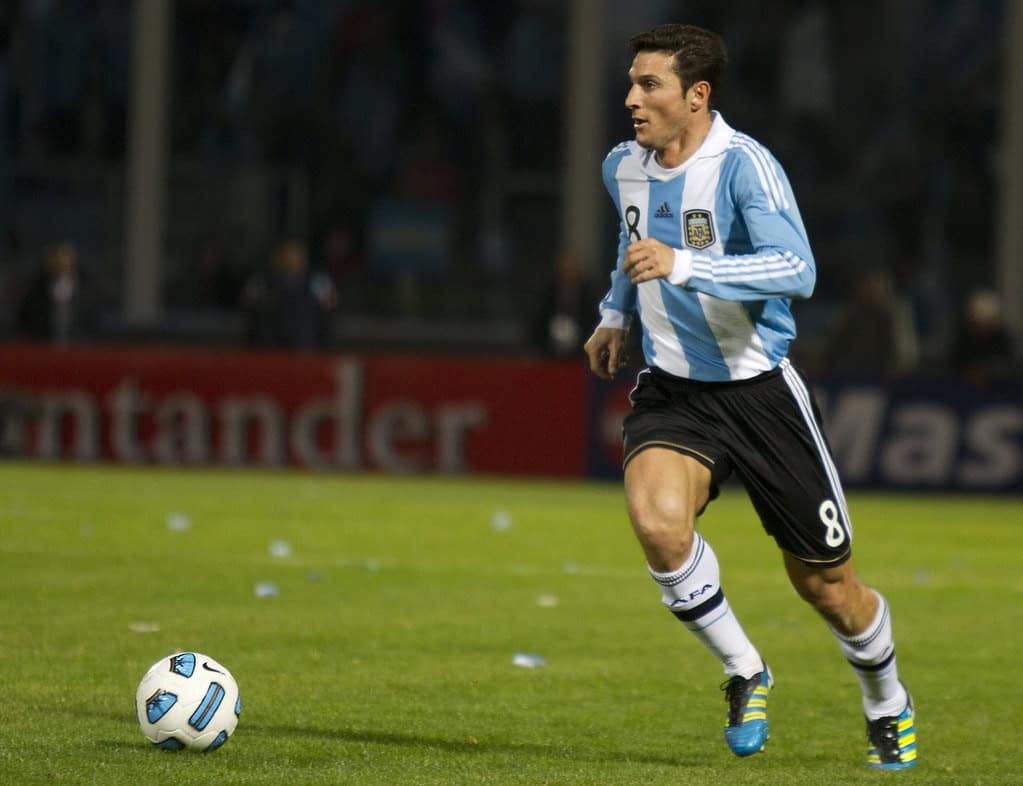
Javier Zanetti was named El Tractor (The Tractor )because of his incredible stamina, which allowed him to run up and down the wings as a right fullback.
His teammates also attested to the fact that the soccer veteran of two decades took his gym work seriously, which contributed to his incredible speed, strength, and stamina.
His strength lay in defensive actions, including man-marking, tackling, and interceptions. As one of the strongest occupants of the right back position in soccer during his time, he was able to physically intimidate wingers, midfielders, and attackers who dared cross his path.
Carlos Alberto
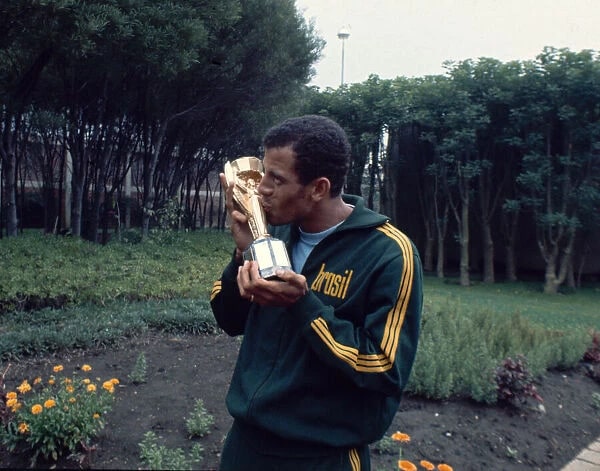
Carlos Alberto was a superb right-back who many have tried to model their game on.
He was a leader who, with the ball at his feet, was like a war general riding into battle. Such was the confidence his teammates had in him that immediately after he won the ball, everyone would push forward to receive his pass or cross.
He inspired several Brazilian fullbacks who came after him, including Dani Alves and Cafu.
He was voted as the best right back in the 20th century and is the scorer of the best goal in the history of the FIFA World Cup.
3 Best Right Backs Right Now
You have learned the qualities that made the greats. Now, I will describe the qualities of three of the candidates in modern football who are on the same greatness trajectory.
The right fullbacks I will be briefly discussing are Achraf Hakimi (Morocco, Real Madrid, Borussia Dortmund, Inter Milan, Paris Saint-Germain), Kieran Trippier (England, Manchester City, Burnley, Tottenham Hotspur, Atlético de Madrid, Newcastle United) and Kyle Walker (England, Sheffield United, Aston Villa, Tottenham, Man City).
I suggest you seek out their games and pay close attention to how they play to complete your education on the right back position in soccer.
Achraf Hakimi
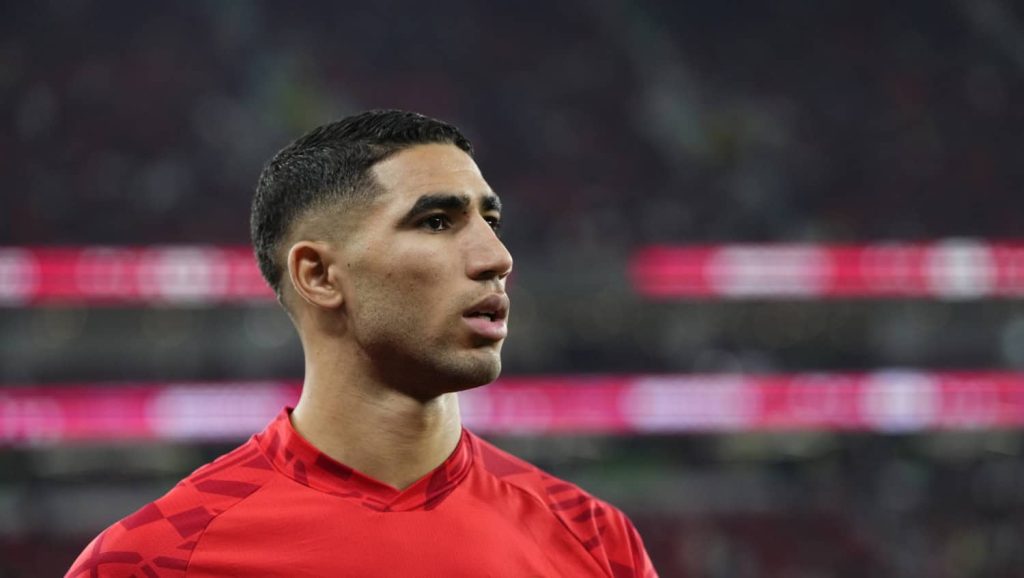
Achraf Hakimi is a chance-creation machine whose ability in attack makes him a valuable player for soccer teams.
The Moroccan has created an average of 35 big chances (chances are just that, while big chances are those that are more likely to lead to a goal) since 2020, which are very high numbers for a fullback.
He is also quick enough to track back for defensive duties, which helps his team quickly adjust their defensive shape to win the ball back and restart their attacks. He is also one of the best tacklers among all the modern-day RBs in soccer.
Kieran Trippier
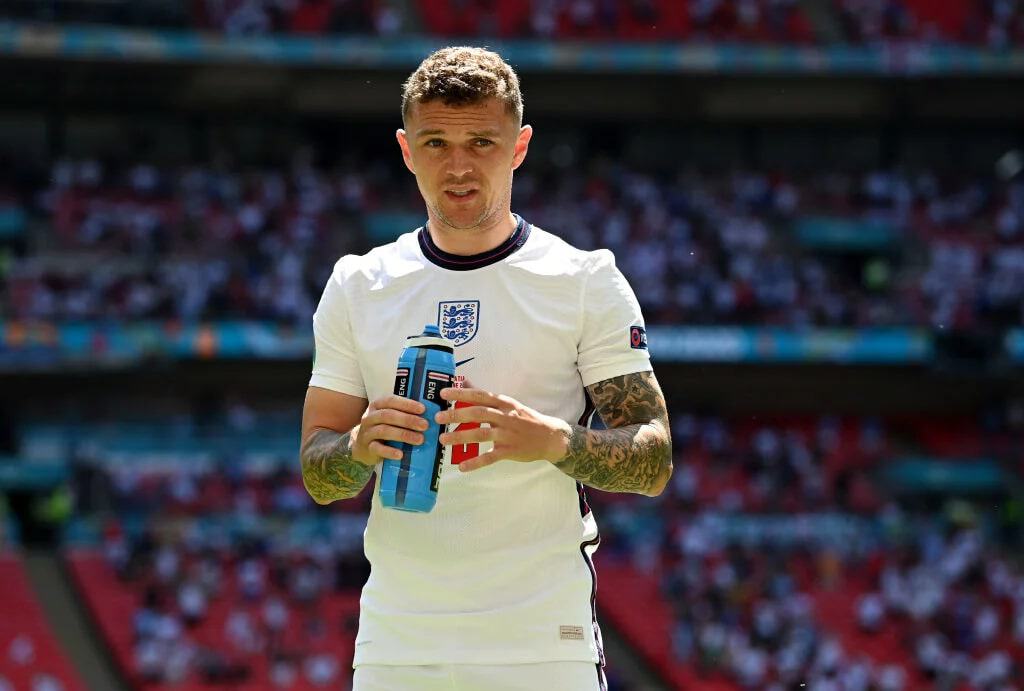
Set-pieces? Call Kieran Trippier.
Whether it is free-kicks, corner kicks, or regular crosses, the Englishman is one of the best dead-ball specialists in soccer.
Kieran Trippier lacks the strength to challenge in duels but he makes up for this with brilliant anticipation and a great passing range.
He is one of the examples of the evolution of the right-back position in soccer, which has seen coaches try to invert them the way they inverted the wide forwards/wingers in the past.
This means that Trippier’s skill set is adaptable to the midfield and right-wing roles where he sometimes plays.
Kyle Walker
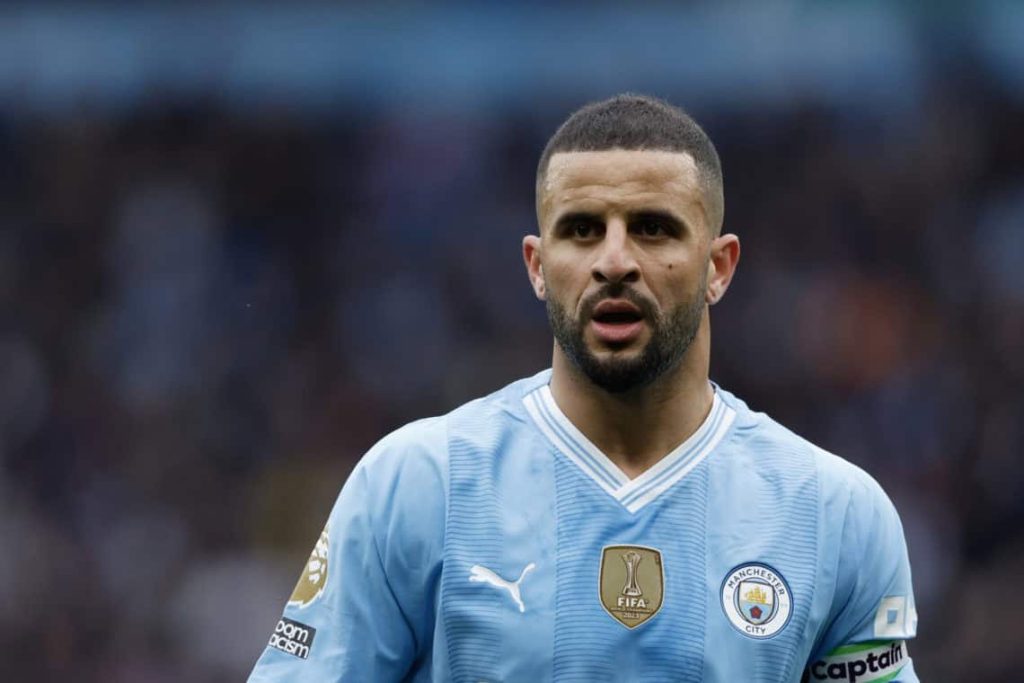
There is currently no RB in soccer that can hold a candle to Kyle Walker in 1v1 situations.
Despite being on the wrong side of 30, he is one of the fastest players in the world in any position. His manager, Pep Guardiola, once claimed that Walker would still be the fastest man in any room at the age of 60!
His speed also makes him a valuable attacking asset, and his coaches sometimes deploy him as a winger because of this.
Walker is also a genius at anticipation and using his incredible speed and stamina to cover defensive ground.
FAQ’s
What is the difference between a right-back and a right-wing-back in soccer?
Both are variations of the full-back soccer position in a team. However, a right fullback is the more defensive fullback, while a right wing-back is the more attacking one.
The lines are blurred in modern soccer, but the true differences in their roles lie in how much one or the other is allowed by the coach’s tactics to go forward.
What physical attributes are important for a right back in soccer?
Speed and agility are the two main physical attributes of a right back, but they also need stamina and strength.
This is why most coaches select players with a lower center of gravity at the youth soccer level and train them to be right-backs. This fulfills the demands of the role.
How can a right-back effectively mark and neutralize opposition wingers?
Right-backs are considered top professionals because of their anticipation skills. They must closely track the winger’s movement, watch out for space, and find ways to plug it into attacking or defensive areas.
What are some key techniques for crossing the ball as a right back?
Anticipation and technique come into play here.
Whether it is an out-swinger (crossing the ball away from the goal), an in-swinger (crossing the ball towards the goal), or a cut-back (playing the ball rapidly at ground level towards a player whose run was missed by the defenders), the right back needs to be aware of how his teammates move and the best places to send the ball so that they can easily reach it.
How can a right back contribute to set pieces and dead-ball situations?
A right-back is useful in set-piece situations if they take free-kicks and corner kicks (they are usually one of the three best crossers of the ball in a team), or sit back as the last man to stifle counterattacks that may occur from the opponent’s team defending set-pieces well.
Sitting back also makes them the furthest men from the goal, which means they can smash a rebound shot in. Dani Alves did this a lot in his career.
How can I be a good RB in soccer?
To become a good RB in soccer, take your movement and dribbling drills seriously. This helps you master how to change direction easily in attack or defense.
Another area to focus on is your timing. This can be trained but not taught. You will have to watch the movement of many attackers and understand how they run to intercept or tackle them to win the ball.
Final thoughts
With the lines being blurred these days and traditional right-backs being retrained to become right-wingbacks, the true beauty of the role can be lost.
It helps, however, if teams have a right back that is good on the ball and can cleanly win it in challenges.
This ability is a result of constant proactive match simulations and sheer willpower. To get more insights on the major soccer positions, click this link here.

